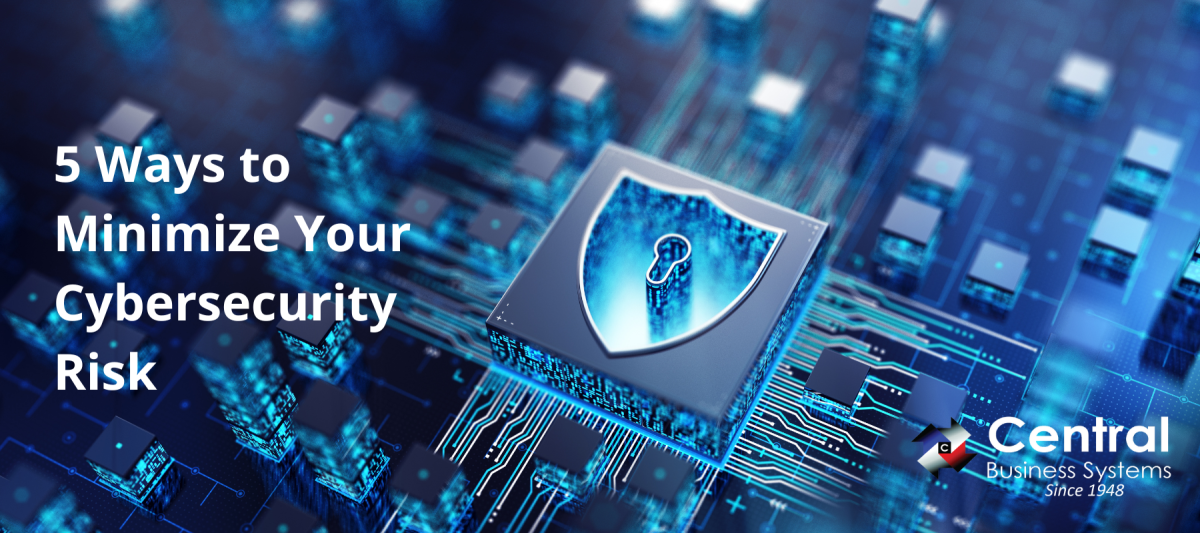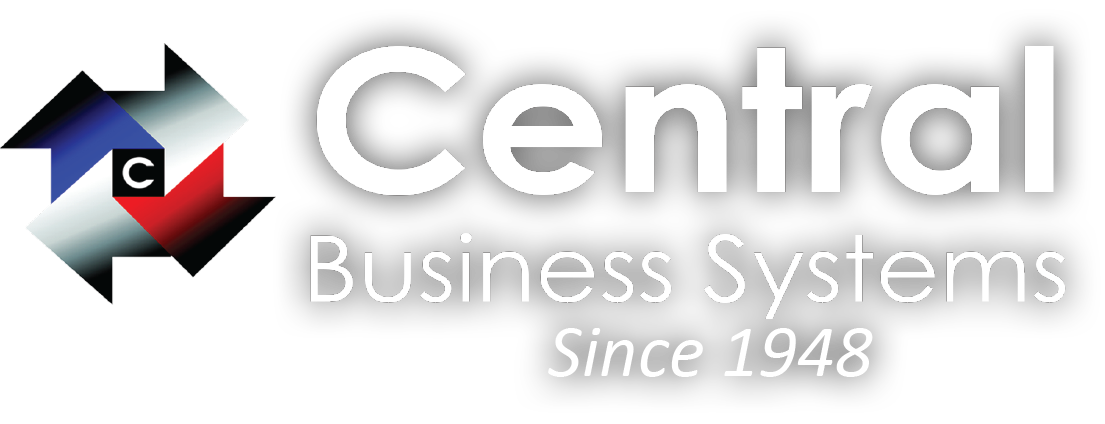
5 Ways to Minimize Your Cybersecurity Risk
Cyber threats have become so commonplace that it’s not a matter of if, but a matter of when your company will be attacked. The global average cost of a data breach last year soared to $4.45 million, up 15% from 2020, according to the IBM Cost of a Data Breach Report 2023. The good news is that there are many things you can do to safeguard your system. Here are five ways to minimize your cybersecurity risk.
Strong Passwords and Multi-Factor Authentication (MFA)
A strong password policy and multi-factor authentication (MFA) can go a long way in preventing attacks. But even in 2024, a surprising number of companies have not yet instituted these two basic measures to protect their systems. If you have not already done so, set up MFA, which requires users to enter a code or otherwise confirm their identity before they are allowed to access your system. MFA should be paired with a strong password policy that requires long, complex passwords with both upper and lower case letters, at least one number, and at least one special character. Prohibit the use of easy-to-guess wording; strings of letters or numbers, such as “ABCD” or “1234,” and users’ names, birthdates, family members’ names, and other details that can easily be connected to them.
Up-to-Date Systems and Software
As hardware and software products age, manufacturers stop supporting them, leaving vulnerabilities that can be exploited by cyber criminals. Outdated operating systems often lack compatibility with new security technologies, increasing a system’s susceptibility to today’s threats. Upgrading your equipment and installing software updates and security patches as soon as they become available from manufacturers can help plug these gaps in protection.
24/7/365 Monitoring and Incident Response Plan
By monitoring your system on a 24x7x365 basis, you can pinpoint suspicious activity that may indicate a cyber attack is in progress. Your entire system should be monitored, with particular attention focused on the “endpoints,” which are where users log into your system. Around-the-clock monitoring must be paired with a robust incident response plan, which includes a system for addressing different levels of concerns and rapidly deploying resources to expertly prevent an attack or curtail its impacts.
Employee Training
Many cyber attacks succeed due to the unwitting cooperation of employees, who fall victim to increasingly sophisticated scams. All employees should receive regular training on how to recognize, respond to, and report common and emerging threats. Regular reminders should be given about the dangers of unsafe practices, from using unsecured websites to clicking on links from unknown sources. Security training should include testing to measure whether employees learned the information.
Vet Your IT Partners’ Security Practices
Ensure that your IT partners follow best security practices. When interviewing technology providers, inquire about their security policies and practices and their track record with previous clients. Your IT partners should take a multi-faceted approach to security and focus on a broad range of defensive measures. If you will be working with a cloud services provider, ensure the provider would store your data in more than one facility in case of a power failure or natural disaster at one of the provider’s locations. Inquire about the security measures at these data centers and whether they are third-party audited and meet all cybersecurity standards required by your industry.
For more information about securing your IT system, contact Central Business Systems. Founded in 1948, we serve as a one-stop shop for all business technology needs, including a full suite of cybersecurity services, for companies throughout the New York metropolitan area.
